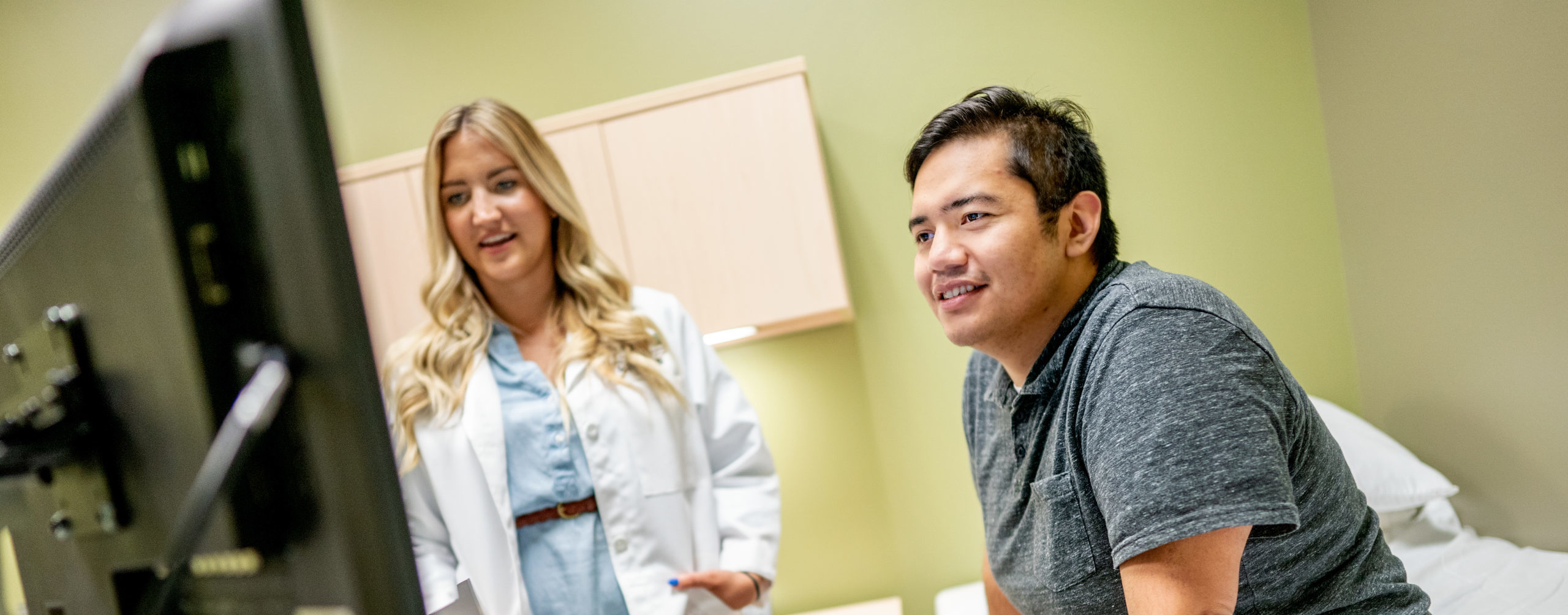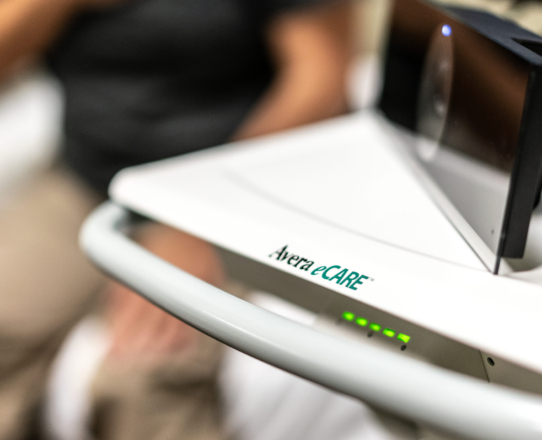The increased use of telemedicine has been critical for healthcare providers and patients fighting COVID-19, particularly in remote areas. Read more.
Investing in Telemedicine


Access to and the quality of healthcare in the United States can vary dramatically based on where you live. Rural communities – which have seen a spate of hospital closures over the past decade – face increasing challenges to meet the healthcare needs of their residents, particularly when it comes to emergency or specialty treatment. Helmsley believes this is wrong: where you live should not dictate your access to the care that you need.
That’s where telemedicine comes in. It makes high-quality healthcare widely accessible and enhances the types of care people can receive. Helmsley has invested in telemedicine for more than a decade. We’ve partnered with organizations who have made it their mission to increase access to telemedicine for patients, healthcare professionals, and providers. To date, our work has focused on the upper Midwest with a goal of ensuring that what we learn and the achievements of our grantees can serve as a model for the rest of the country.
Helmsley support has expanded e-emergency and e-pharmacy services across hundreds of communities, and led to the launch of e-behavioral health, which not only supports healthcare staff – it’s also an essential tool for law enforcement officers when they encounter a mental health crisis.
The era of COVID led to an increased appreciation for the value of telemedicine. With a rise in its use, we now must ensure that care is of the highest quality so that telemedicine continues to be viewed as the solution that it is. That’s why Helmsley is supporting the first-ever telemedicine certification program. Telemedicine is here to stay, and Helmsley’s commitment to its potential to transform care across the U.S. is steadfast.

The increased use of telemedicine has been critical for healthcare providers and patients fighting COVID-19, particularly in remote areas. Read more.
